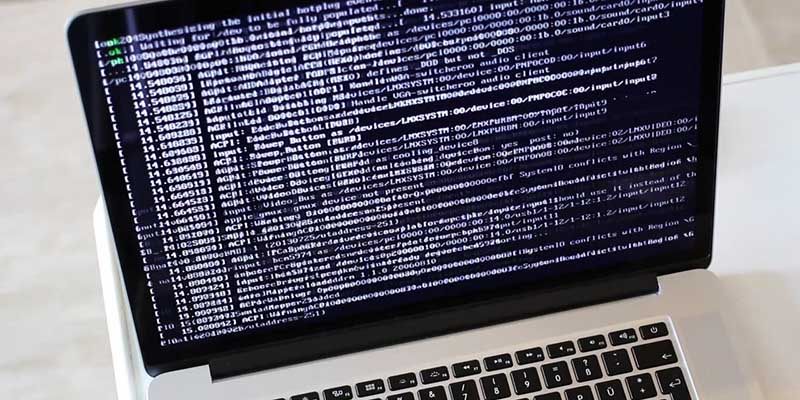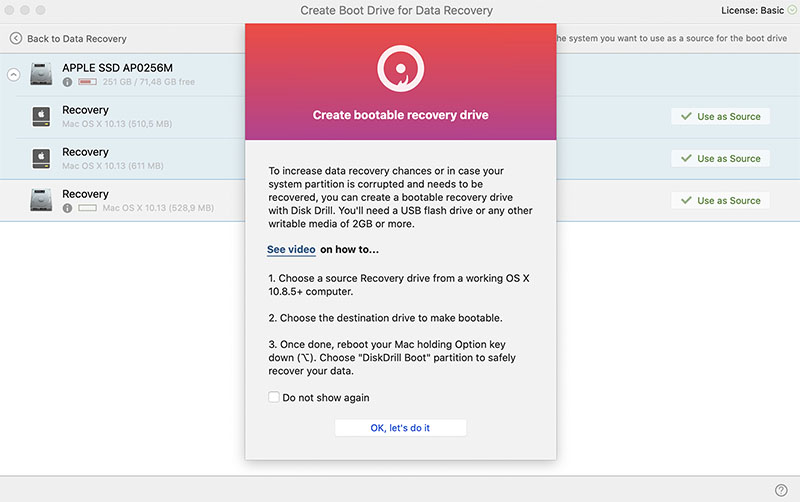
For systems running OS X 10.7 or later, you should see the default Macintosh HD partition, along with a Recovery HD volume for systems running 10.6 or earlier, you should see only the main boot volume, unless you have multiple valid operating systems installed.Īt this point, you can attach external hard drives, flash drives, or optical disks that contain valid operating systems, and when recognized they should appear alongside the current boot options.

When you have invoked the boot menu properly, a gray screen will display that shows available boot volumes. This same approach goes for other boot modes as well (Safe Mode, Single User mode, Verbose mode, etc.). Bluetooth controllers are initialized once the boot chimes sound to ensure your Mac goes to the boot menu, press and hold the Option key immediately after hearing the boot chimes, not before. This is because holding down the key before the Bluetooth keyboard on your Mac initializes will prevent it from recognizing the key as pressed. However, if you do this with a wireless keyboard you may not see the menu and instead the system boot normally. Generally you can start up or reboot your Mac, and simply hold the Option key once the screen goes black so that when it reboots it will show you the boot menu.

To do this on a Apple computers, you use the Option key however, there may be some constraints.
#HOW TO SELECT BOOT DRIVE MAC PC#
For most PC systems, you will need to press F12, or another F-key, or perhaps the Escape or Delete keys when booting your system in order to select an alternative boot drive. If you need to boot to a secondary hard drive on your Mac, you can do so using several different means.


 0 kommentar(er)
0 kommentar(er)
